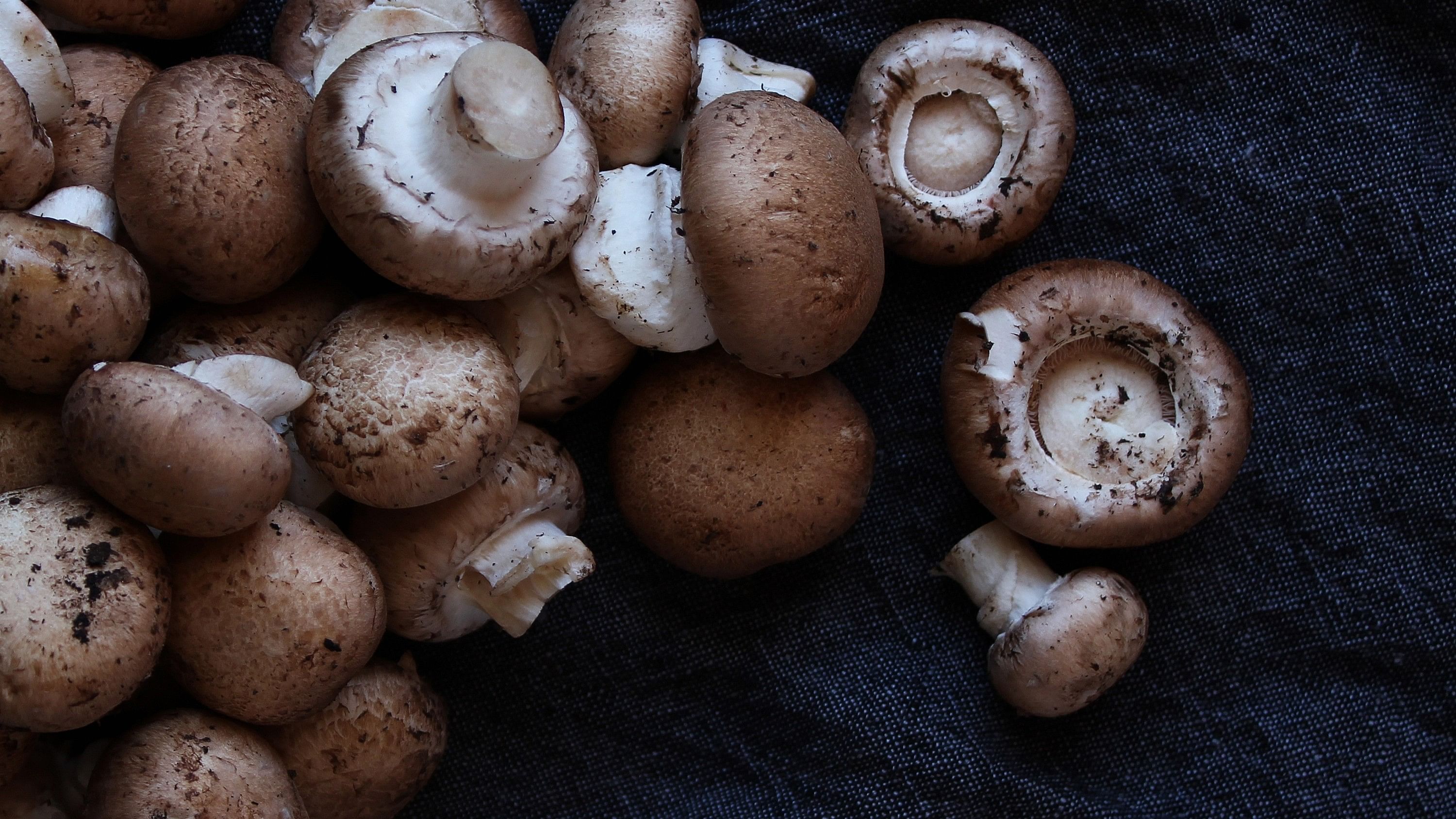
The demand for mushrooms is steadily increasing due to their nutritional value, medicinal properties, and unique culinary appeal. It is a lucrative business venture with excellent growth potential.
Short cultivation cycles of 20 to 45 days, low investment costs, high yield and market value, year-round scope for cultivation and income make growing mushrooms an attractive proposition.
Mushroom cultivation promotes nutritional security by providing a readily available source of protein, vitamins, and minerals to local communities. It utilises agricultural waste as a substrate, reducing environmental pollution and promoting sustainability.
If you want to use the space, even in urban areas to generate income by growing mushrooms, here’s how you could do it.
Learn the basics: Understand the different types of mushrooms cultivated in Karnataka, such as button mushrooms, oyster mushrooms, and paddy straw mushrooms. Learn about the ideal climate and growing conditions for each type of mushroom. Familiarise yourself with the different methods of mushroom cultivation.
Acquire training and certification: Enroll in mushroom cultivation training courses offered by government institutions, agricultural universities, or private organisations. Participate in workshops and seminars to stay updated on the latest advancements.
Develop a business plan: Conduct market research to assess the demand for mushrooms in your region. Determine the type of mushroom you should cultivate and the scale of operation. Develop a sales strategy to reach customers. Establish distribution channels to sell it to local markets, restaurants, and retailers.
Secure funding: Calculate the costs; approach financial institutions for loans or grants. Explore government schemes and subsidies that promote mushroom cultivation.
Establish a mushroom cultivation facility: Select a suitable location with proper ventilation, temperature control, and access to water and electricity. Construct a mushroom growing house or utilise existing structures that meet the cultivation requirements and install the required equipment.
Procure quality spawns and substrates: Identify reliable suppliers of high-quality spawns, the seed material for mushroom growth. Source suitable substrates, such as composted agricultural waste, sawdust, or paddy straw, depending on the mushroom variety. Ensure proper storage and handling of spawn and substrates to maintain their quality.
Implement effective cultivation practices: Follow strict hygiene and sanitation protocols, optimal temperature, humidity, and ventilation levels in the growing room to prevent contamination. Monitor mushroom growth and adjust conditions as needed.
Harvest and market your mushrooms: Harvest mushrooms at the peak of freshness and quality. Grade them based on size and appearance. Package mushrooms using appropriate materials to maintain their freshness and quality.
Mushroom cultivation can generate substantial income. The website agrifarming.in estimates a five-fold return on investment growing mushrooms. It requires dedication, hard work and continuous learning to achieve sustainable profitability in this entrepreneurial career.